
Summer and foraging should go hand in hand, yet my knowledge of wild food at this time of year extends to elderflowers at the start of the season and blackberries at the end. That’s a big gap! Enter Colstoun Cookery School in Haddington, East Lothian. Last year I was lucky enough to attend and review Colstoun Cookery School’s Autumn foraging course, so as we drove to East Lothian last Sunday, I was extremely excited to attend its Summer iteration and learn even more. Foraging specialist Alison Henderson’s infectious enthusiasm and decades of culinary expertise are truly inspiring: her most important message is not to go away, live wild and forage your entire diet but rather to pay more attention to your surroundings, to spot the wee seasonal changes and rhythms of nature, celebrating seasonality, locality and sustainability to make conscious choices in our consumption. This has resonated so much since the last course, chiming with my own outlook, and last weekend I was truly reinvigorated with all the possibilities of the season!
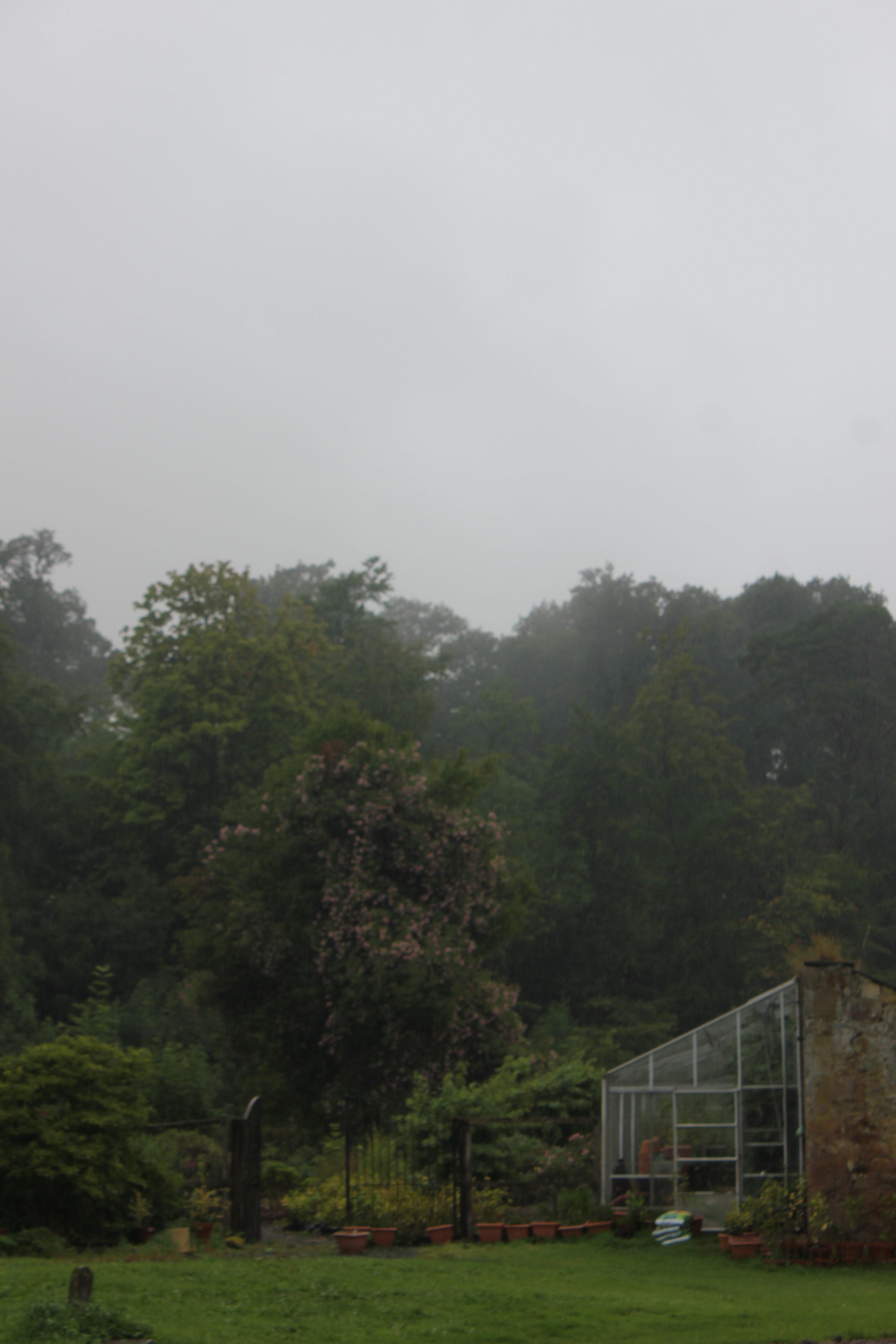
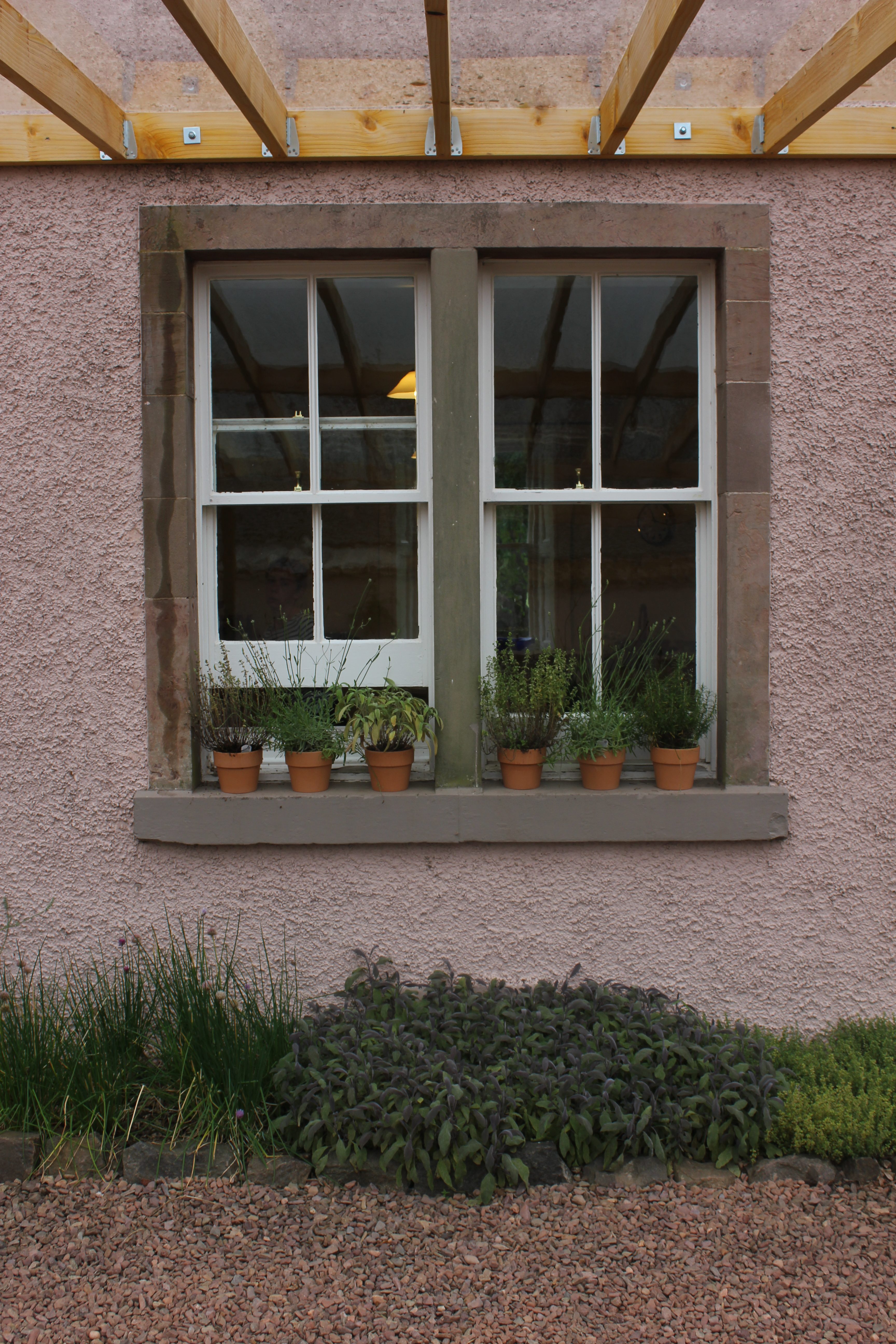
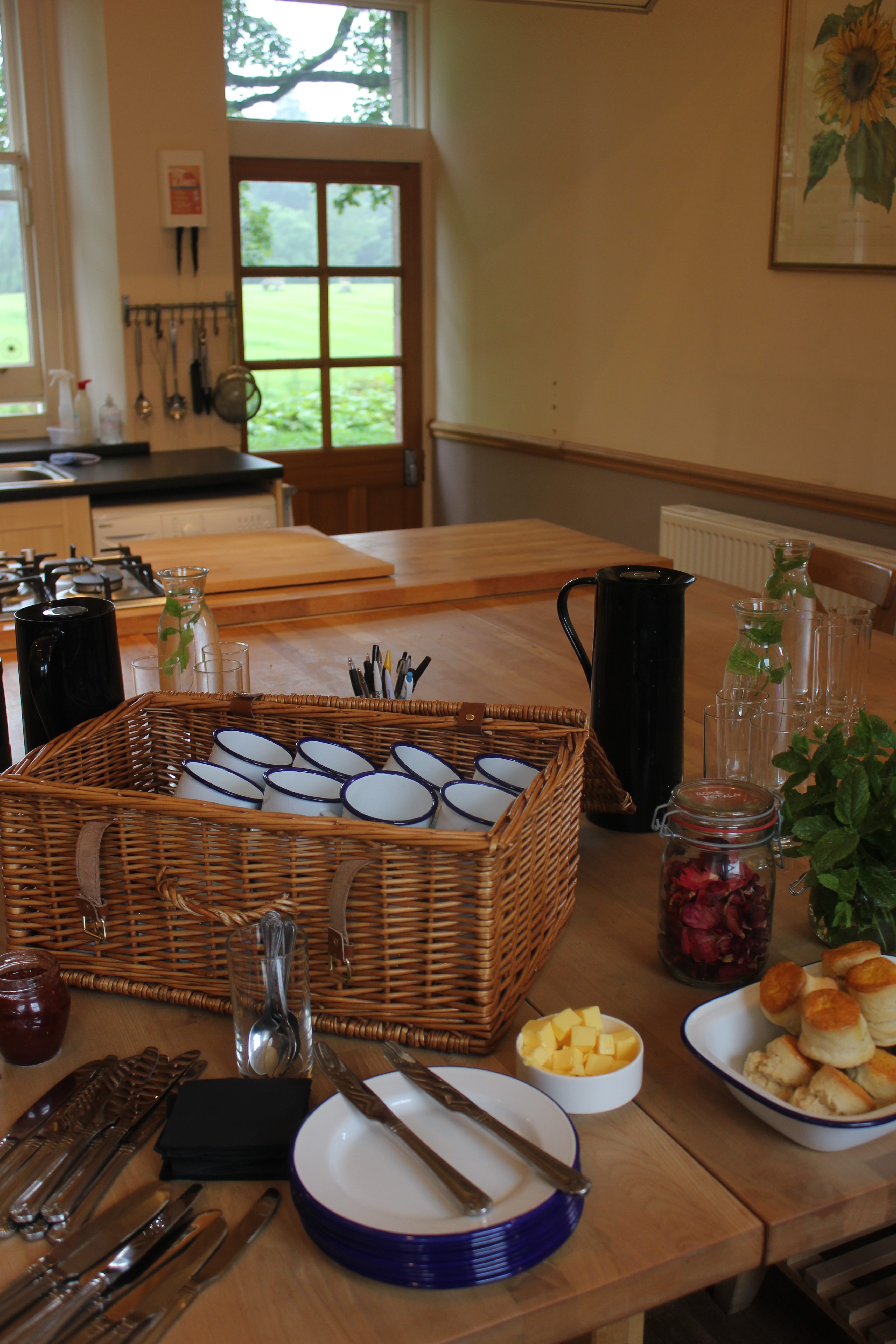
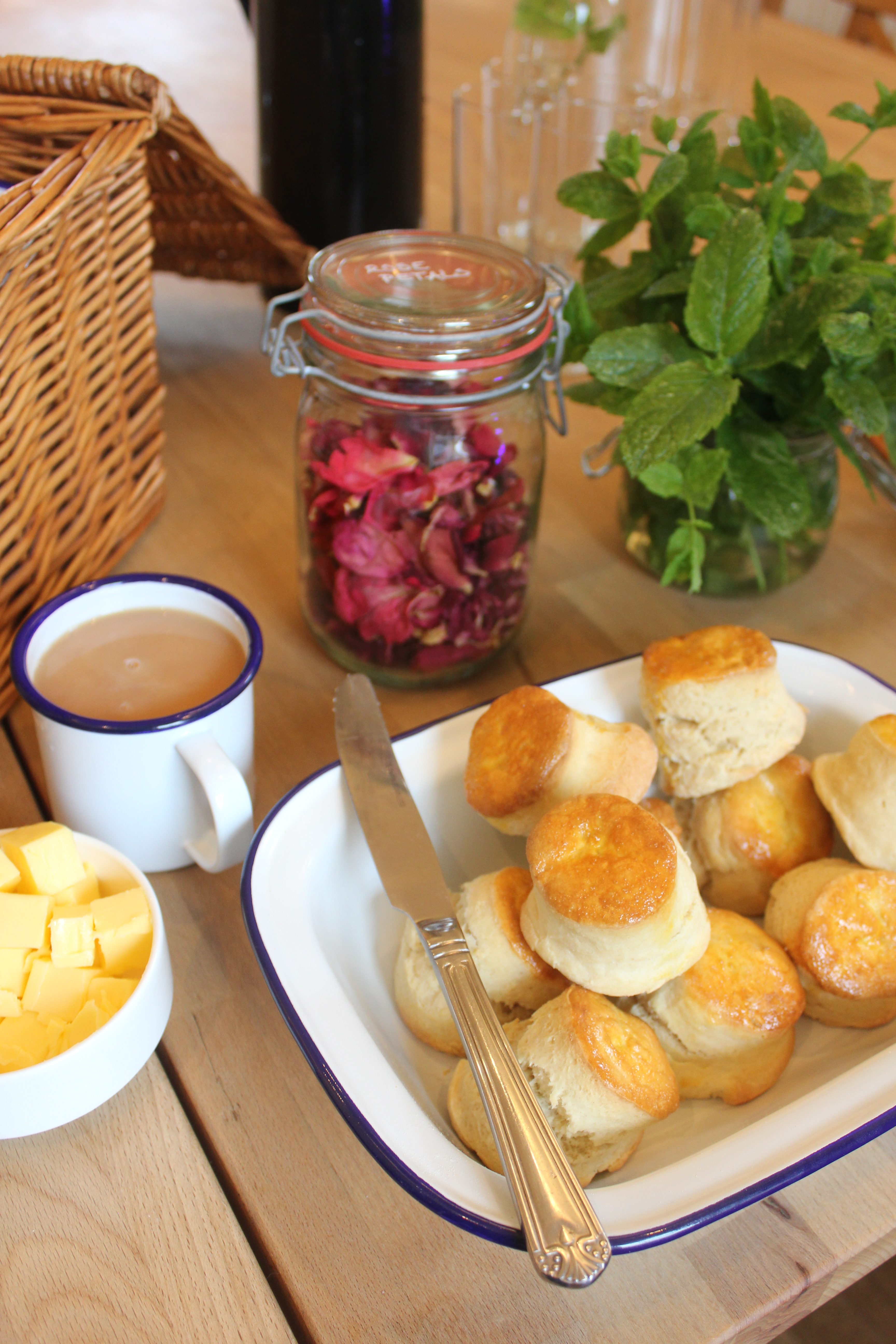
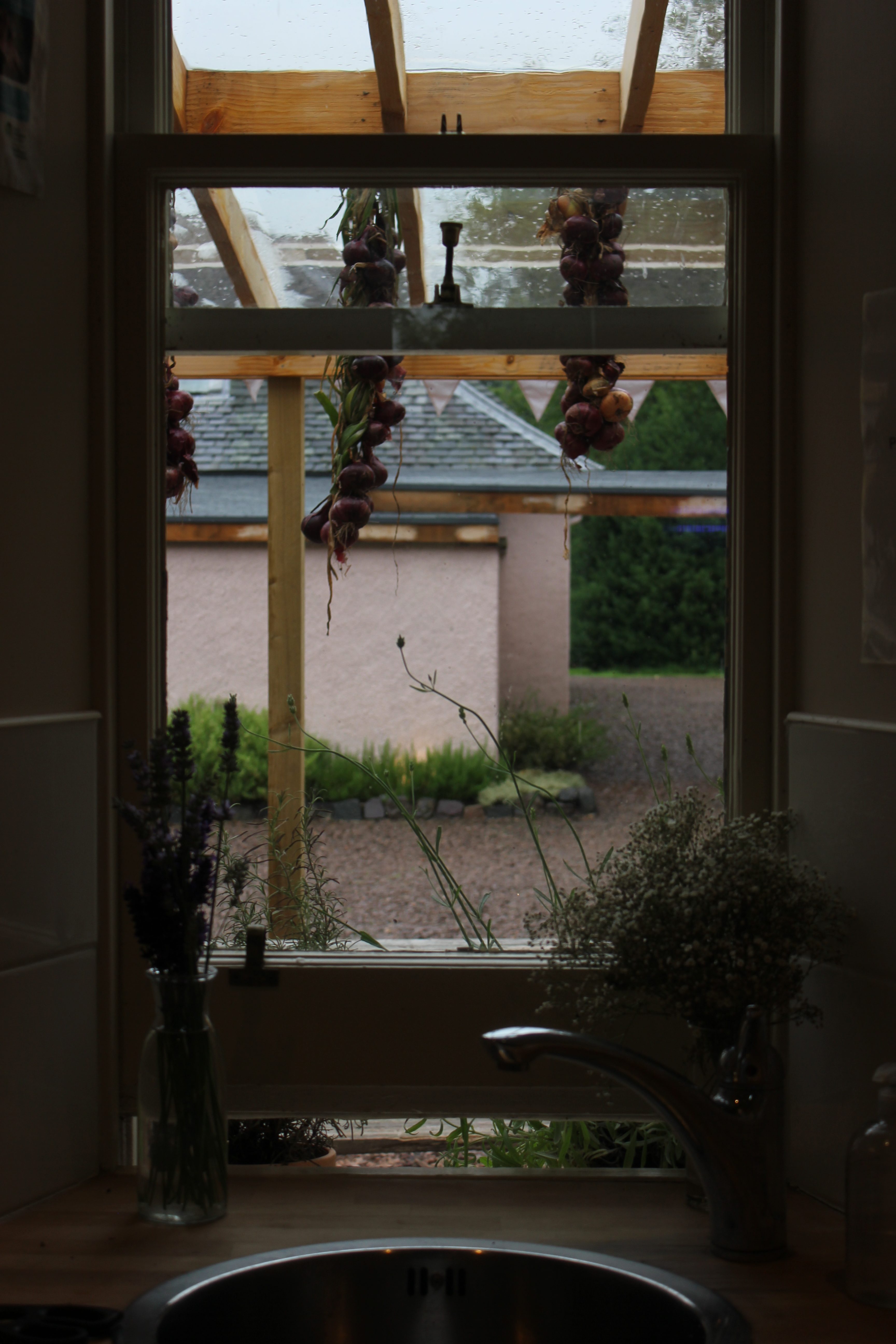
Saturday’s weather was variable, Monday’s glorious, but of course on our foraging Sunday it was absolutely pouring with rain! Typical Scottish Summer, but as Billy Connolly once said: ‘There’s no such thing as bad weather, just the wrong clothing’. So with tummies full of the tea, freshly baked scones, homemade jam and lavender cupcakes we were generously treated to on our arrival, we donned our raincoats, grabbed an umbrella each and twelve adventurous foragers set off, undeterred by the dreich conditions. Colstoun is utterly resplendent in all weathers – you can see what it looks like in the sunshine here!
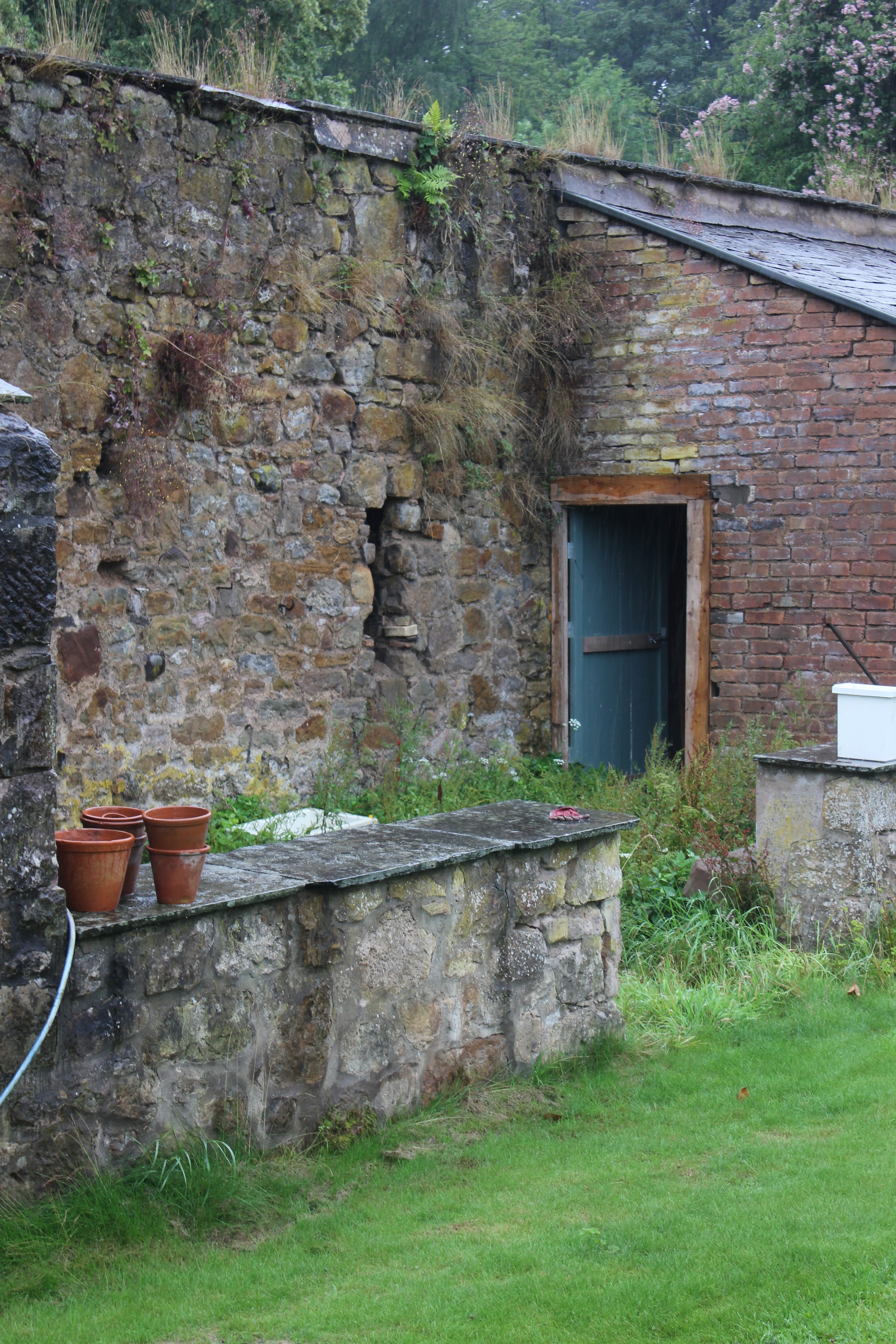


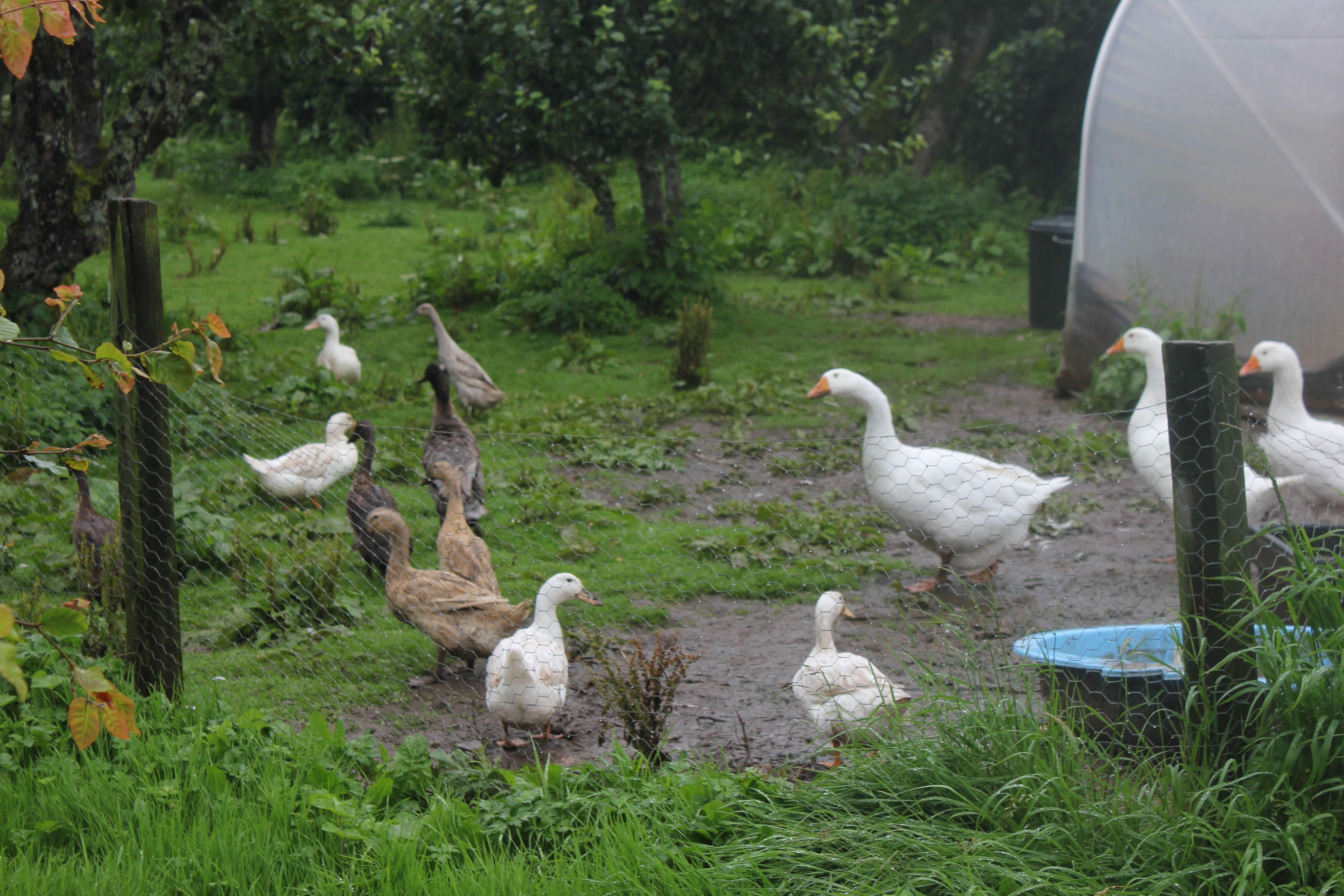
Our first stop was the hedgerow. Alison has a way of making you look at even the seemingly mundane, differently. Just as she made me see humble grass in a whole new light last time I visited, this time it was the hedge. I’ll never look at one in the same way again – or at least, I’ll be sure to look underneath them! We huddled by its shelter, fascinated, as she showed us such delights as ground elder (coming to the end of its season and not to be confused with elderflower), docken (the handily placed remedy to nettles), yarrow (with its strong herbal notes), garlic mustard, or Jack by the hedge – nice in a quiche – and sorrel, with its distinctive lemony flavour. Nearby, tufted vetch – member of the legume family – was as lovely to look at as its delicate pea-like flavour was to taste, although due to the presence of lectins (the plant’s protection system) it shouldn’t be consumed in too high a quantity. But that’s really the message with all of this – forage in a few different places, take a little and leave a lot.
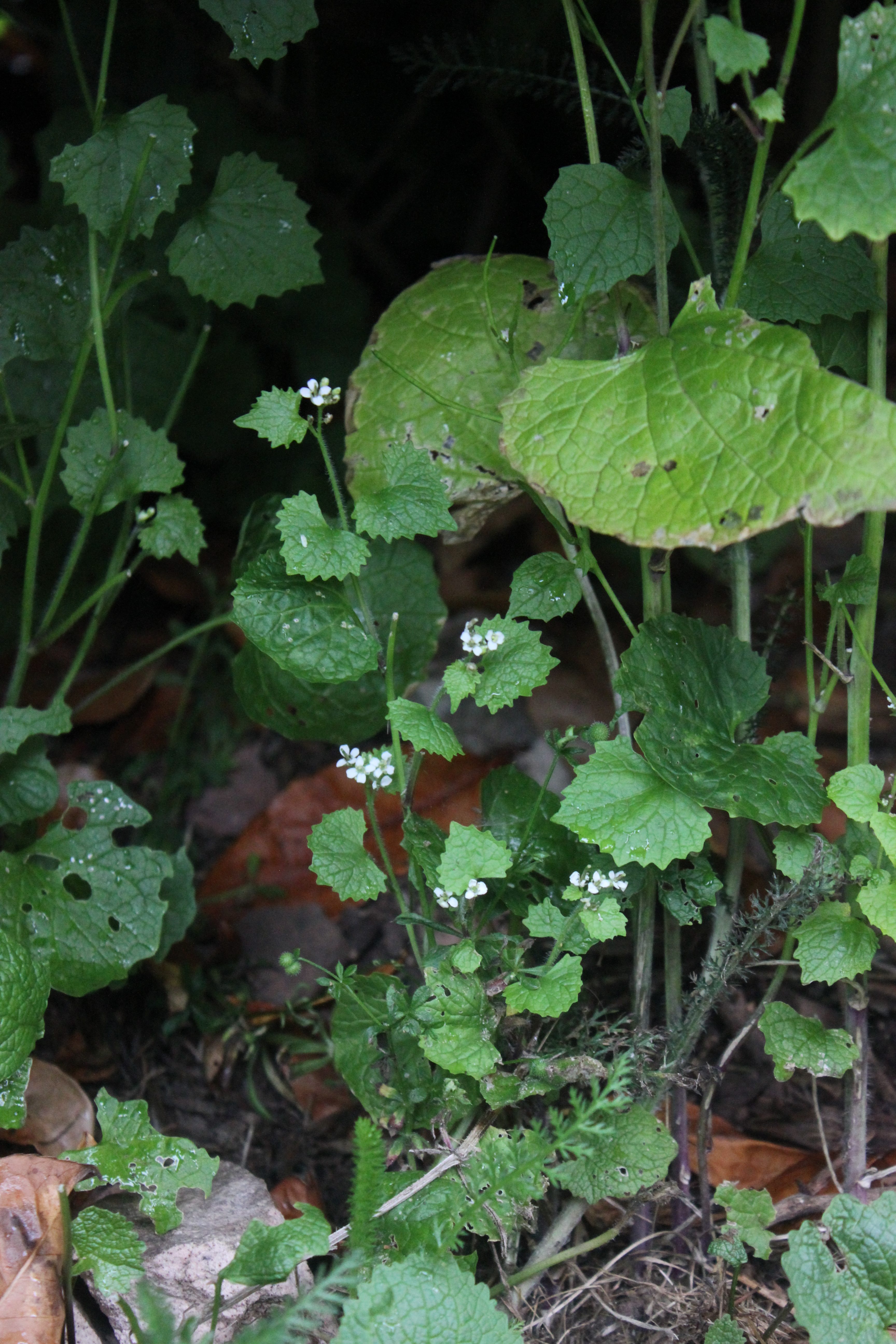
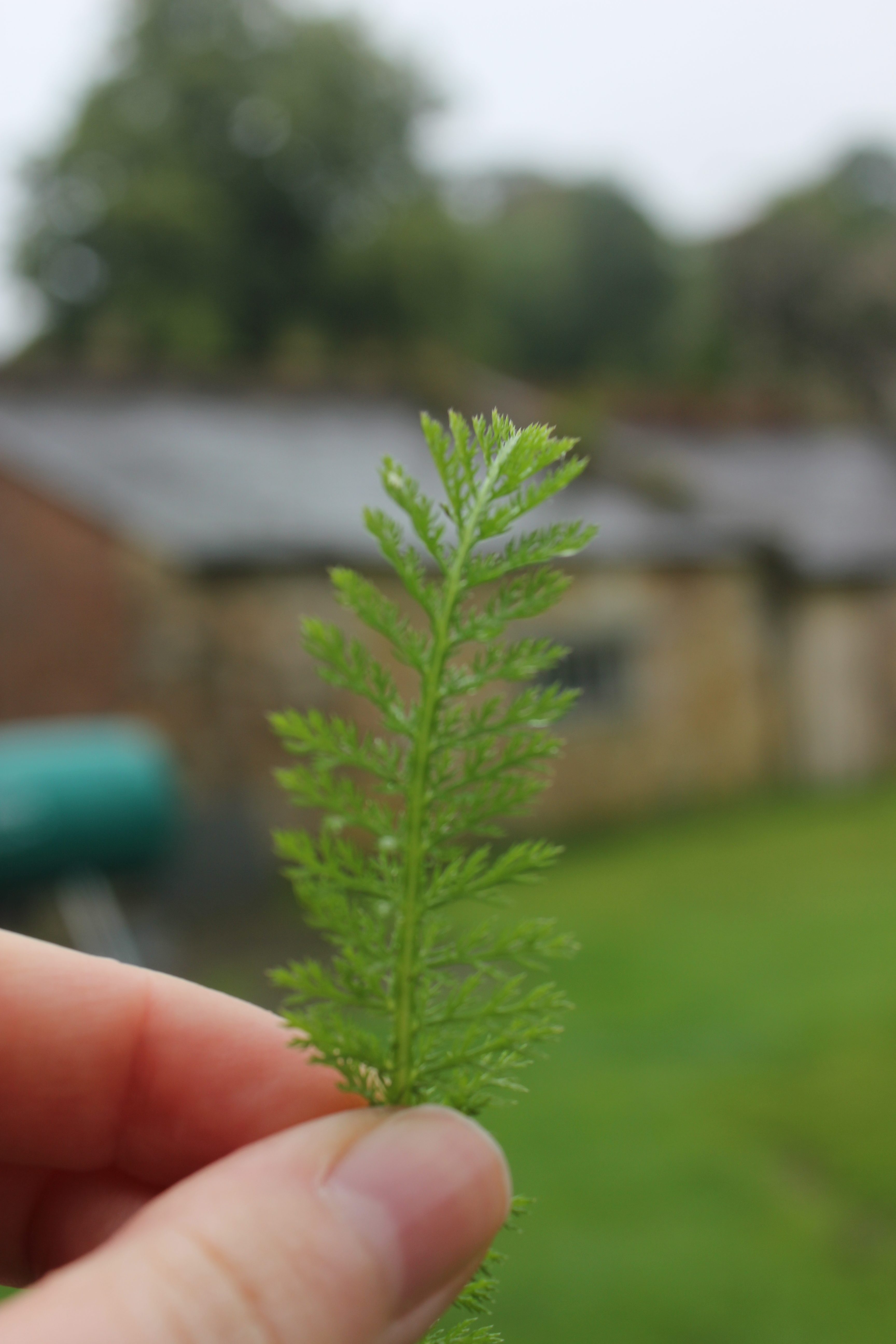
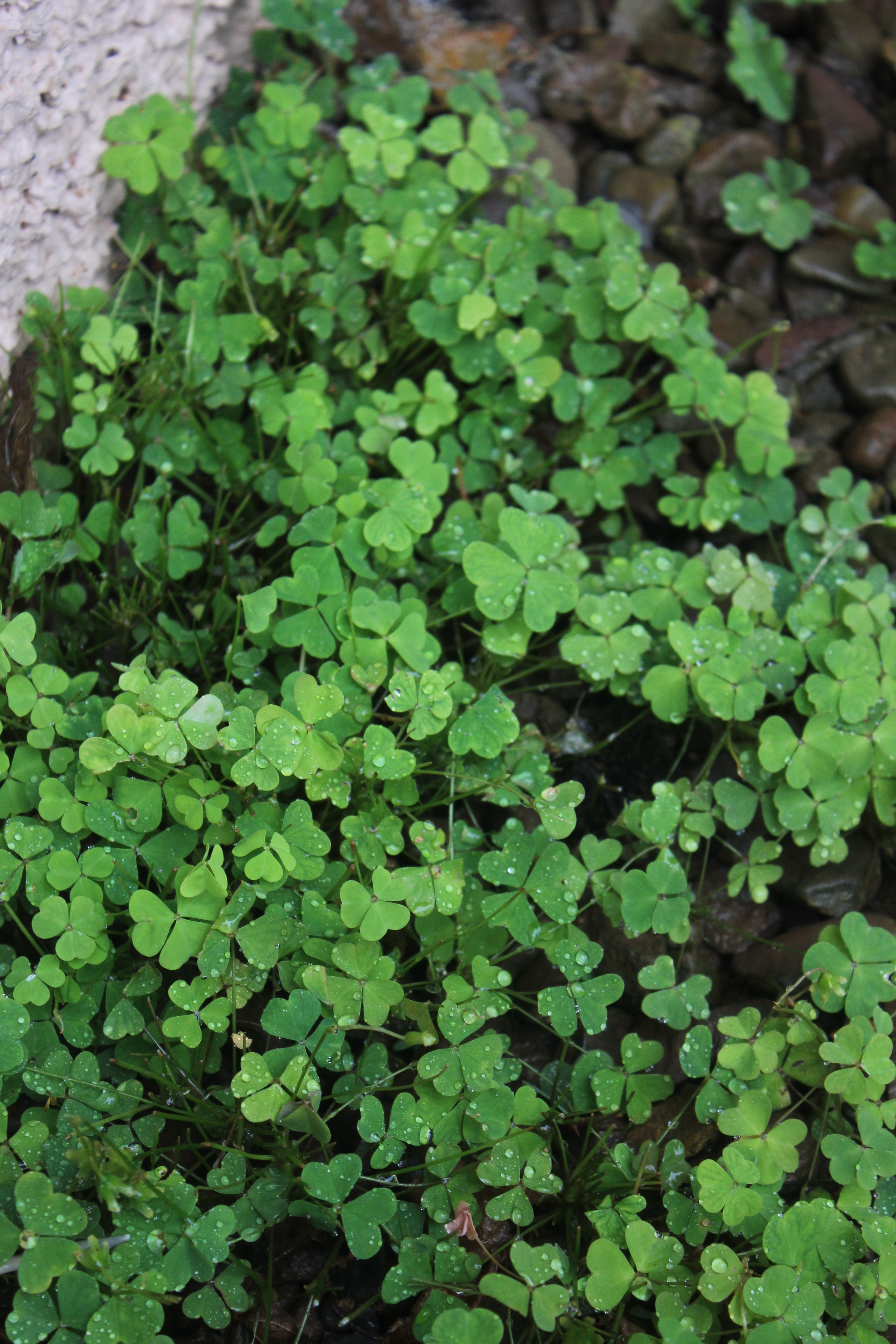
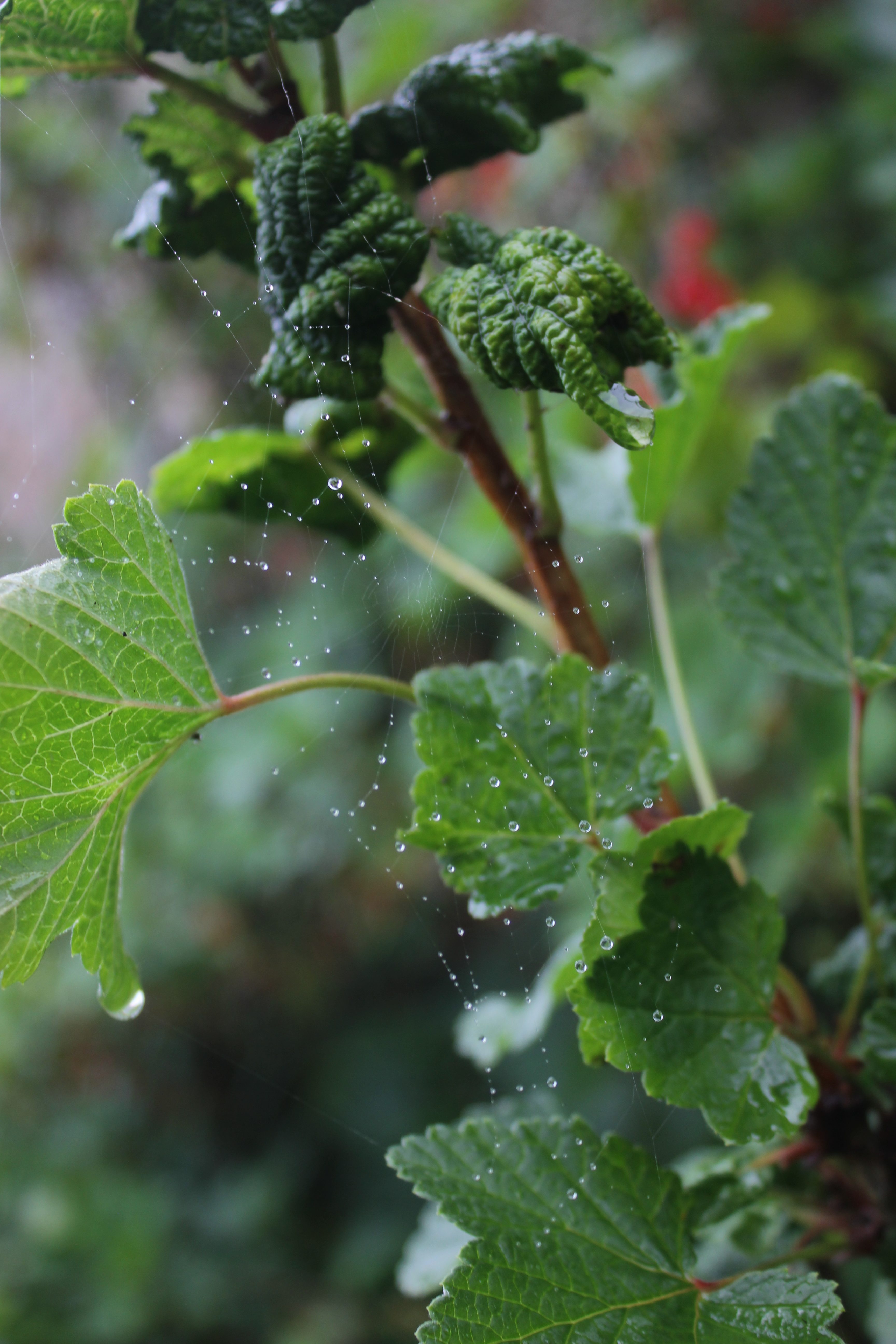
All along the way, Alison chatted about flavour combinations and her foodie experiments; I was particularly taken by the possibilities of sweet cicely. It is more easily identified than other members of the tricky carrot family, with its hollow stem, white markings and, most importantly, its distinctive aniseed scent and flavour. It is NOT to be confused with hemlock, which has red wine markings on the stem. Sweet cicely goes well with rhubarb – Alison has even used their hollow stems as straws in a rhubarb whisky smash! The plant acts as a natural sweetener, reducing the amount of sugar you need to add to fruit, for example. In terms of savoury ingredients, it pairs well with anything that would go with fennel, such as tomatoes and certain types of fish. Their seeds look like enormous fennel seeds and taste like sweeties when they are bright green!
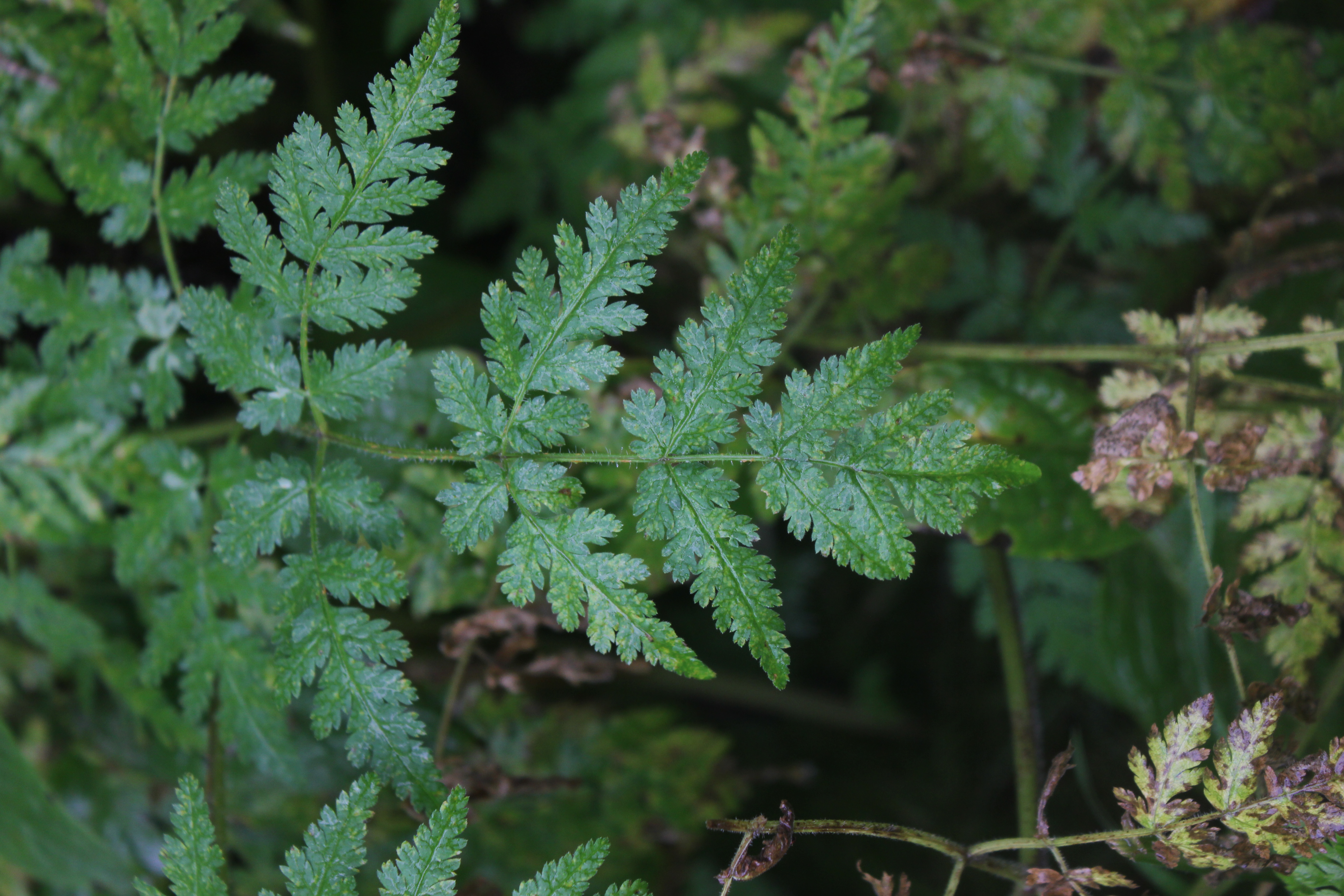
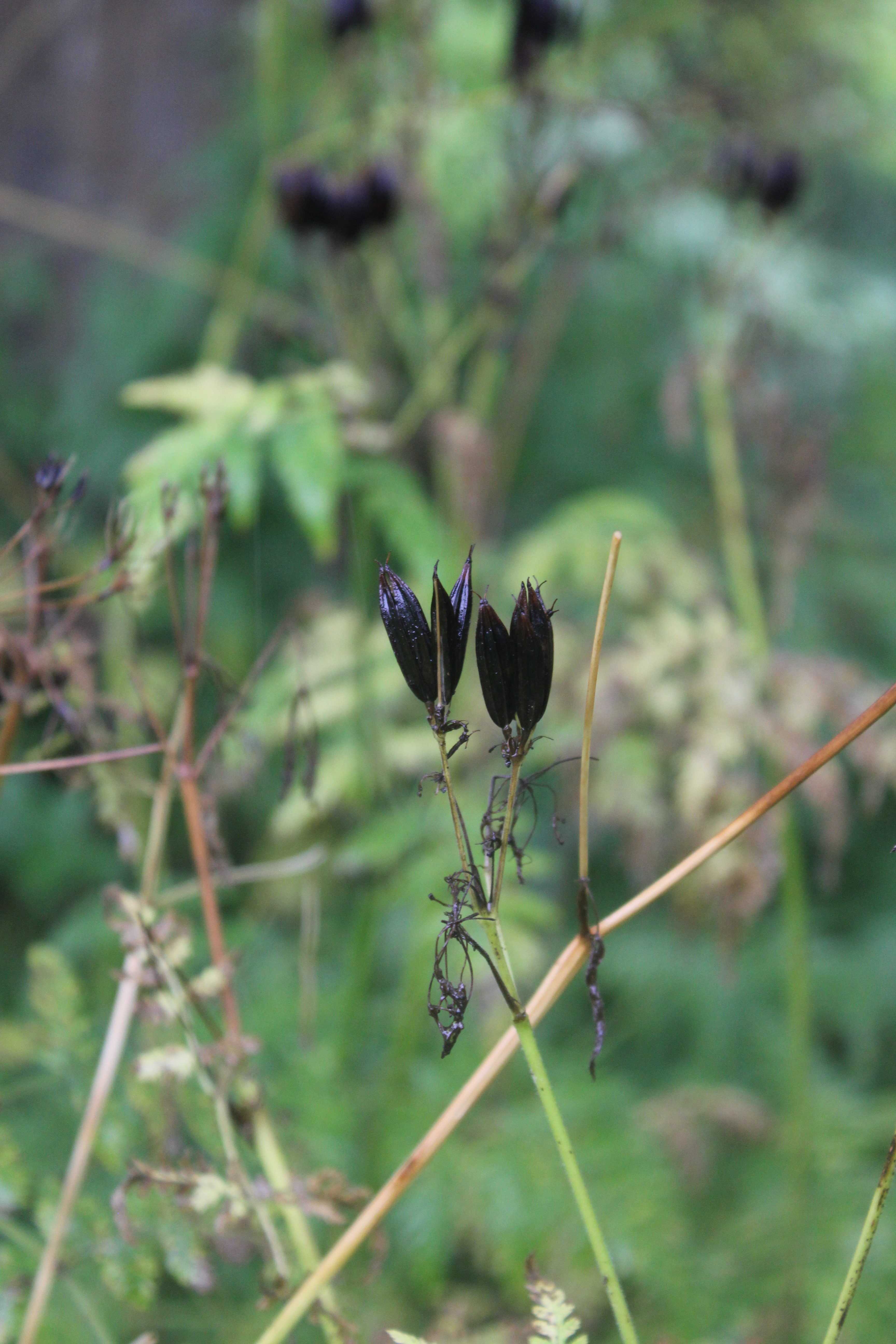


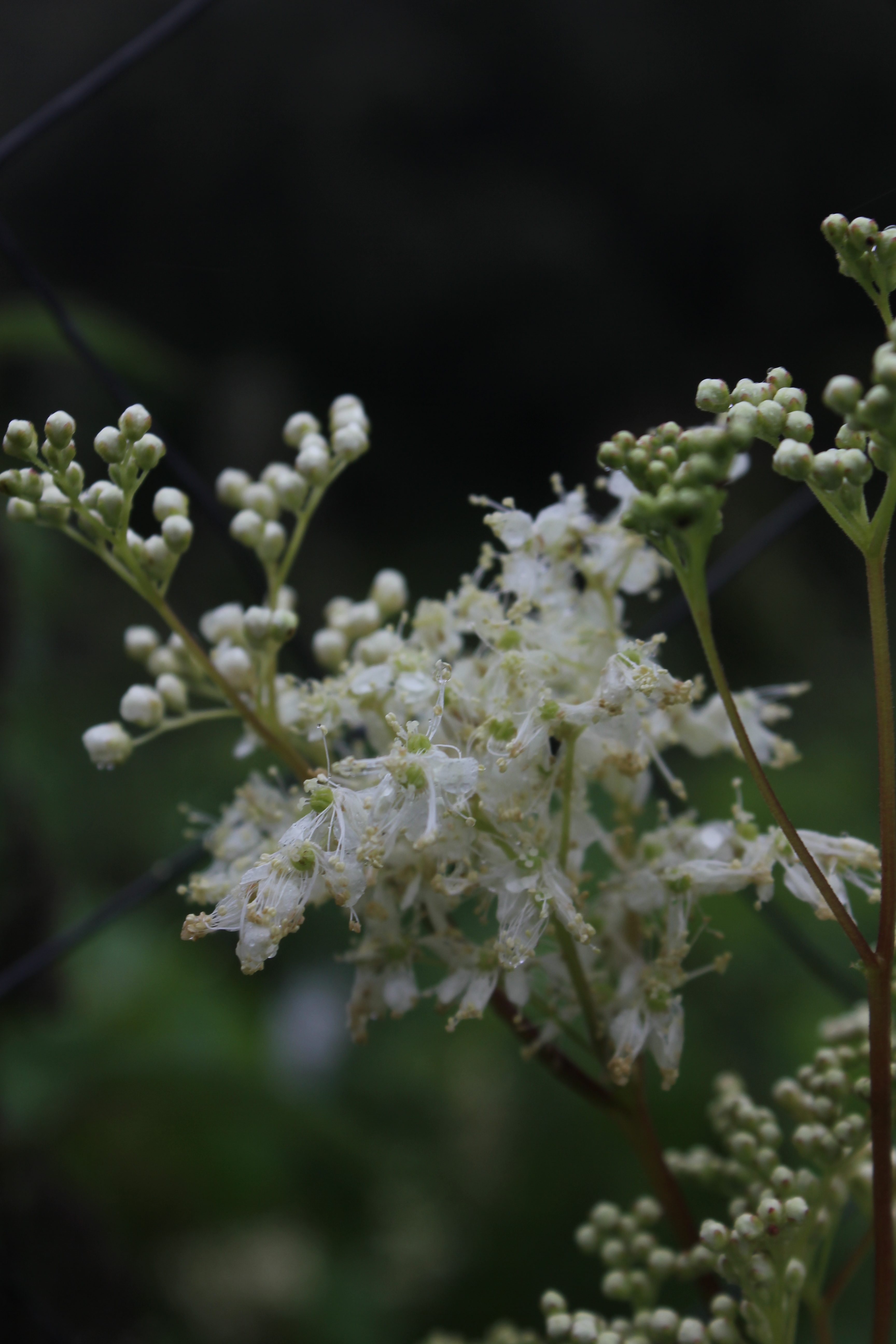
We also chatted honeysuckle (lovely in salads and sorbet – lime juice will get rid of the sludgy colour and turn it bright pink!) and different types of roses to use in jelly (the only preserve you should ever need to make with jam sugar, due to the total absence of pectin) and, of course, elderflower (and its sibling elderberry, sipping on delicious elderberry flu remedy on one of our breaks). With flowers, picking in the morning when the blooms are open and on a sunny day (or at least not raining!) are musts for maximising flavour.
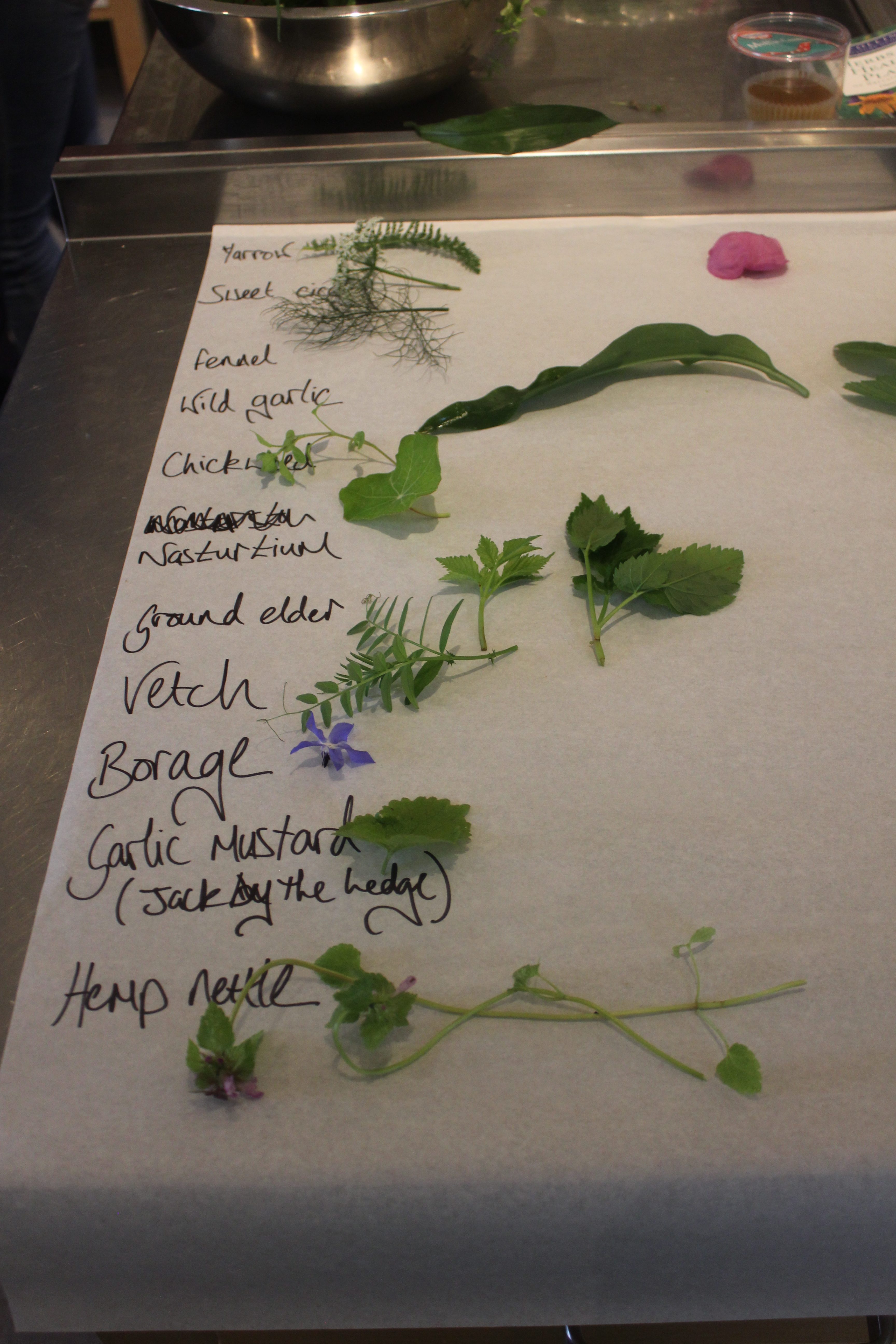
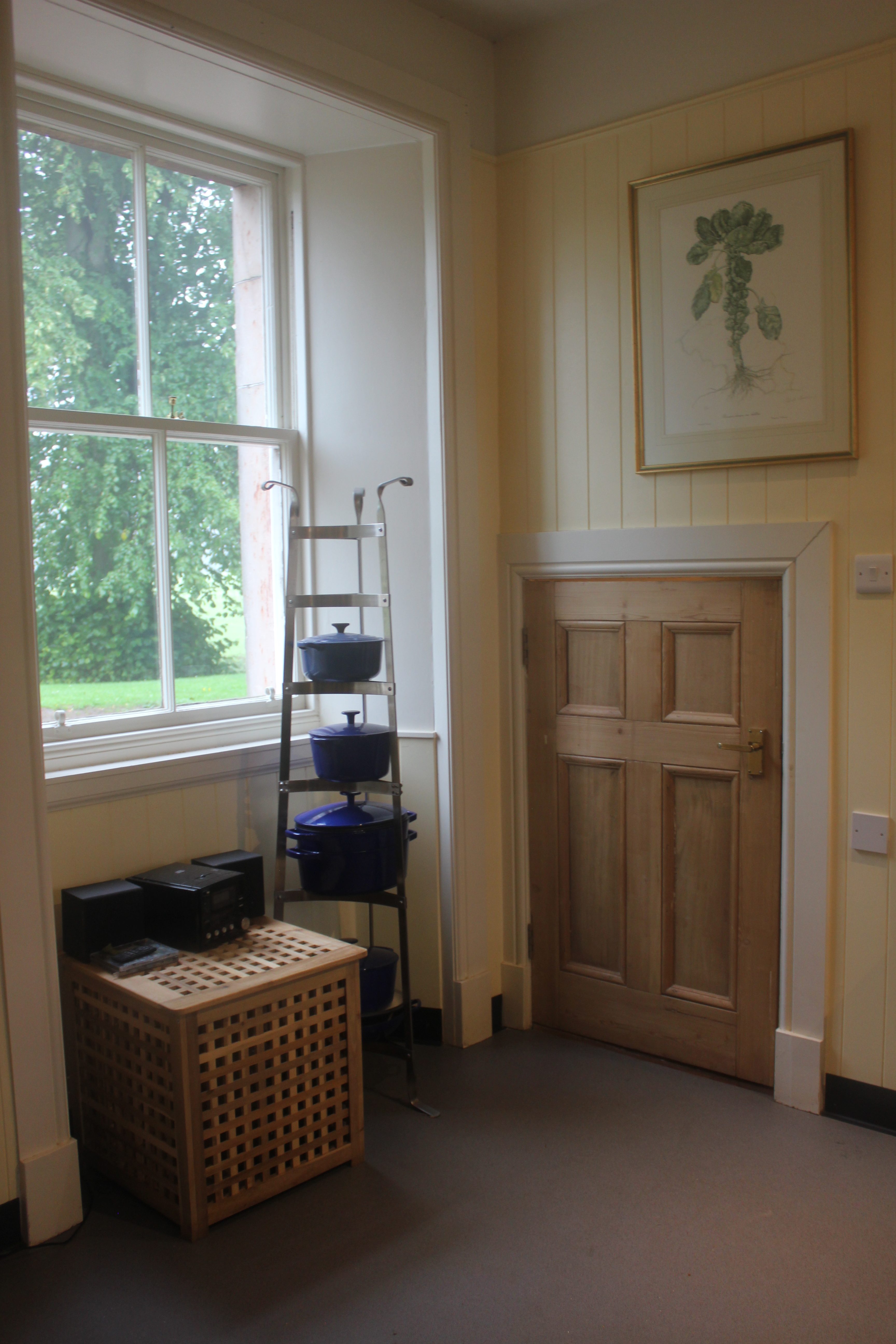


After all that learning in the outdoors, we had well and truly built our appetite for lunch. After our elderflower champagne taster, Alison had prepared a buffet with our foraged salad, various (delicious) pickles and a goat’s cheese and calendula tart, as well as beetroot salmon. The bread alone was out of this world and well and truly whet my appetite for one of Colstoun’s bread-making courses. This was all washed down with pineapple weed cordial – my favourite foraged new ingredient, which is part of the chamomile family. Its flowers have a distinctive tropical flavour, while the leaves hold the chamomile taste. Alison would later demonstrate how to make the cordial, which I will definitely replicate when I can find some pineapple weed out of the reach of canine pals or busy roads.
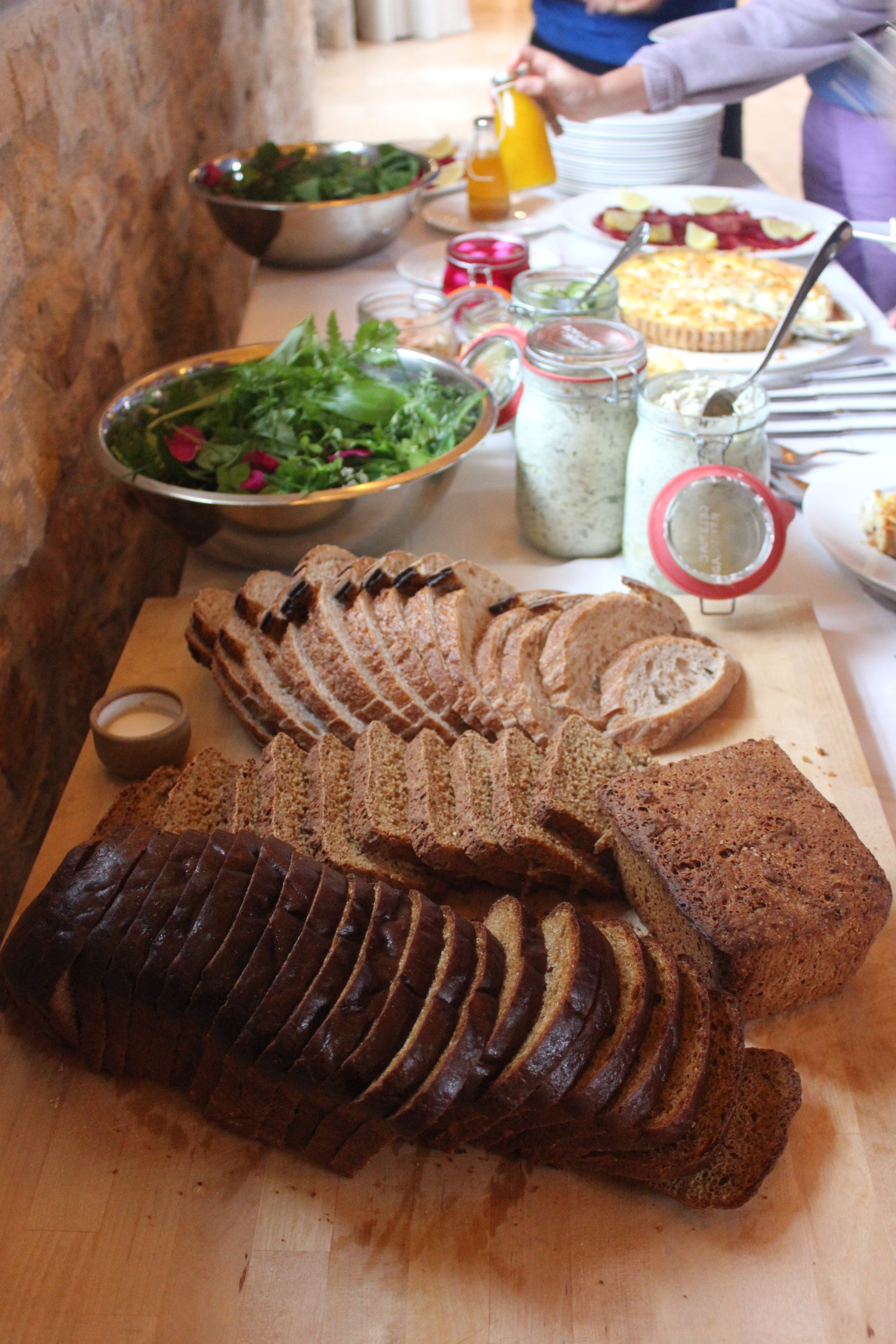

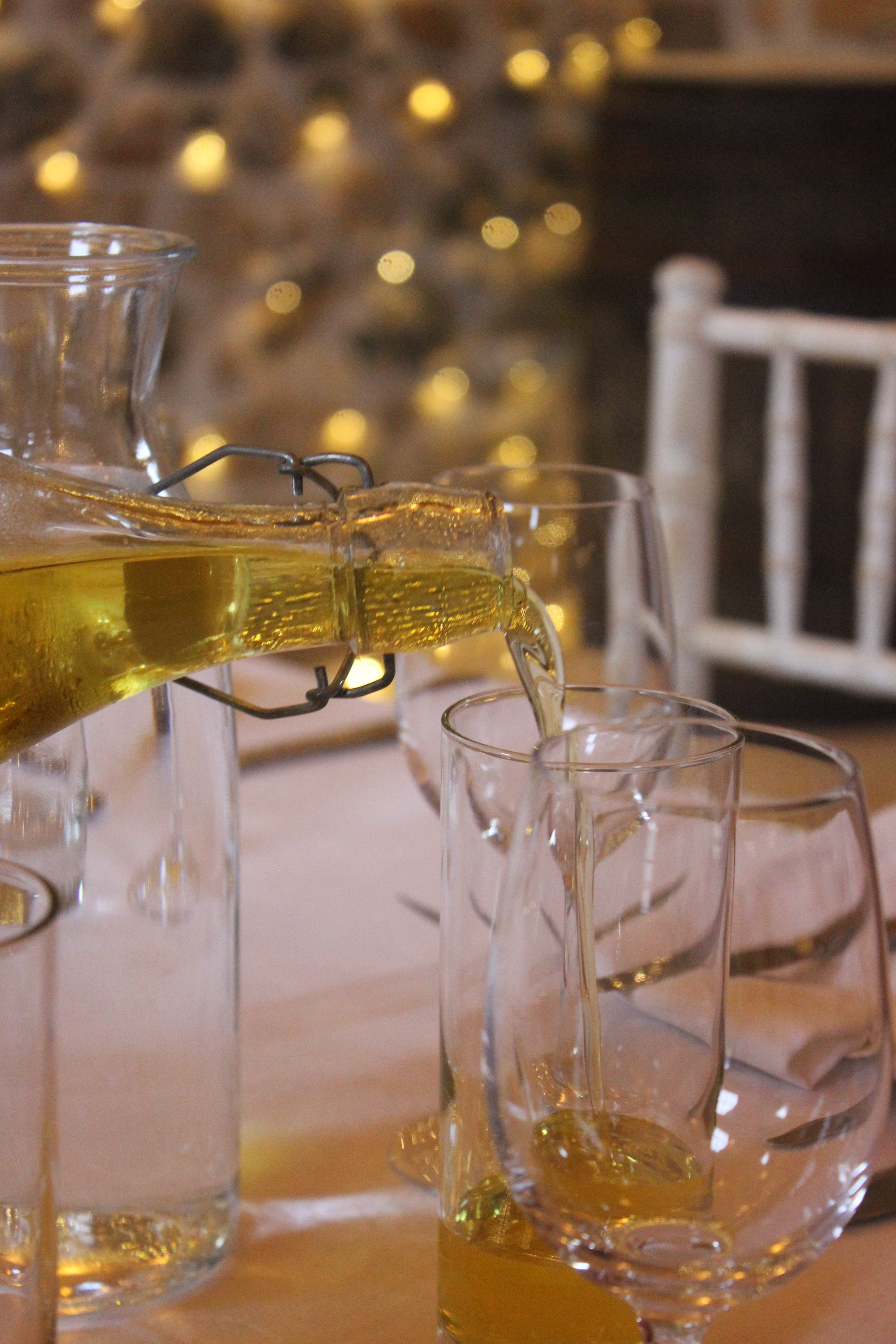

During our extensive post-lunch demo, Alison shared a range of different ways of preserving our finds. This was a highlight for me as her ideas are so creative and make the best of the beautiful produce in innovative ways. In Scotland preserving is particularly important, with our gluts of produce in Summer and long Winter months to contend with. We discussed different ways of doing so, from cold and hot extractions to different solvents to use; different forageables lend themselves to different methods and bases to get the best out of their flavour.

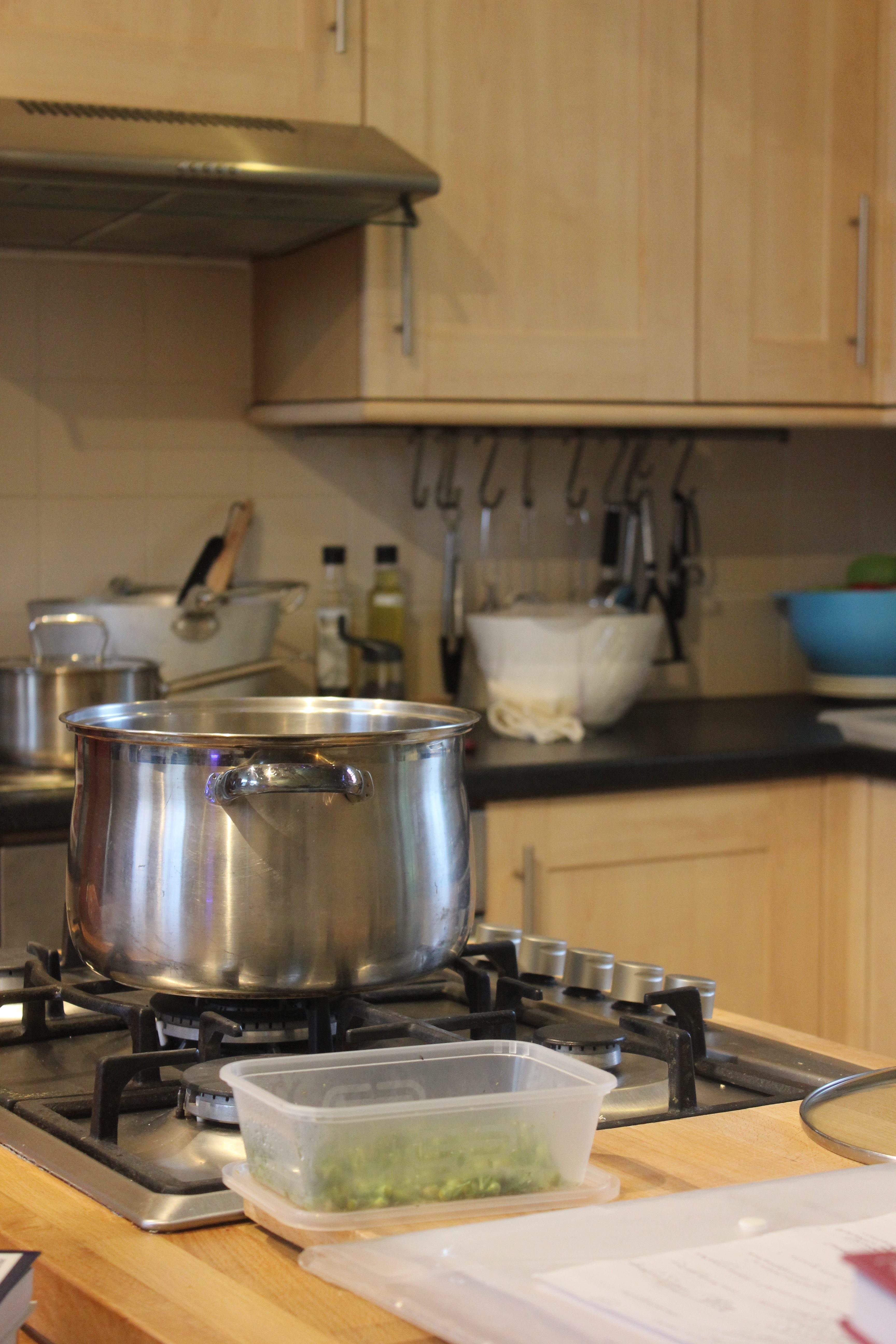
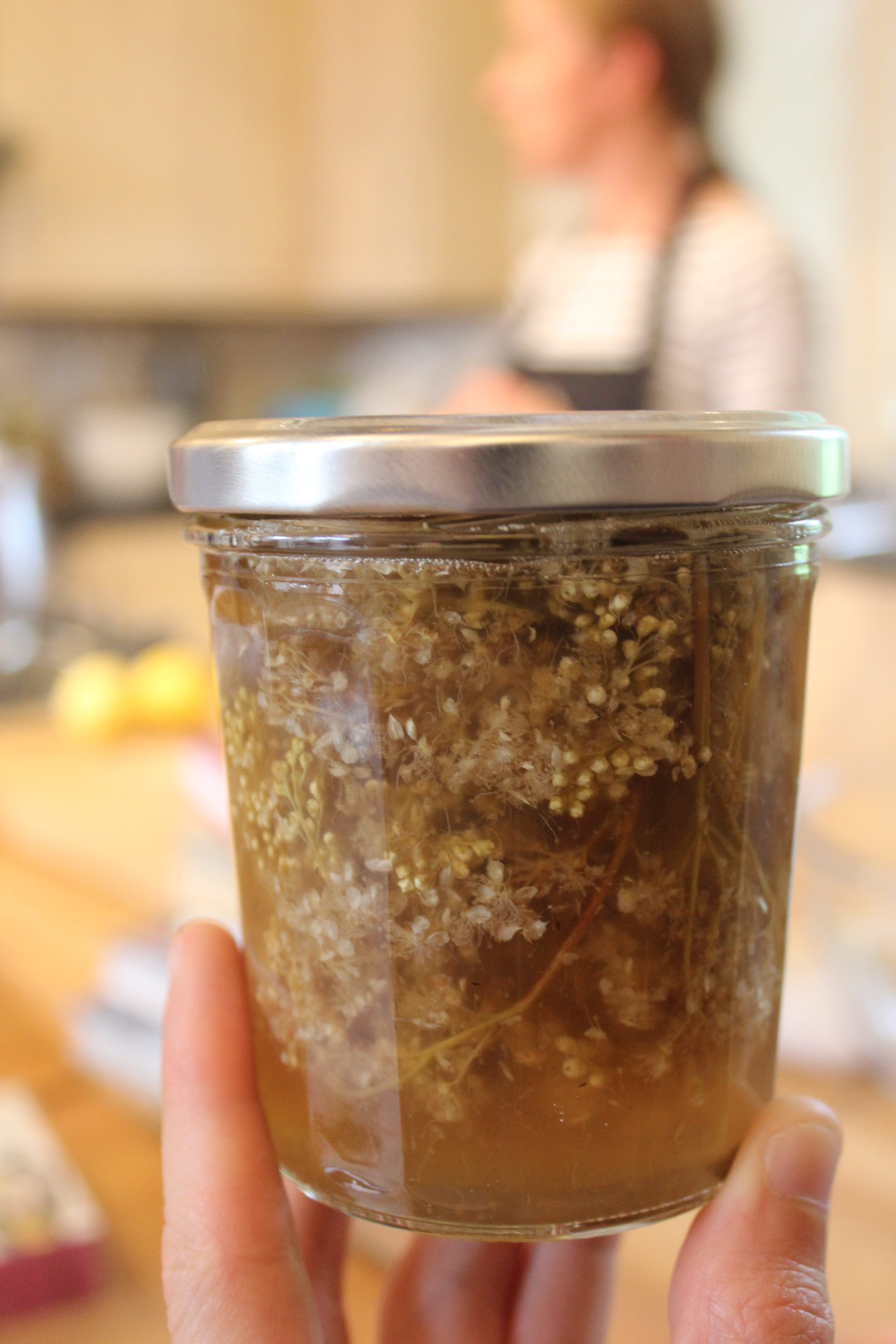
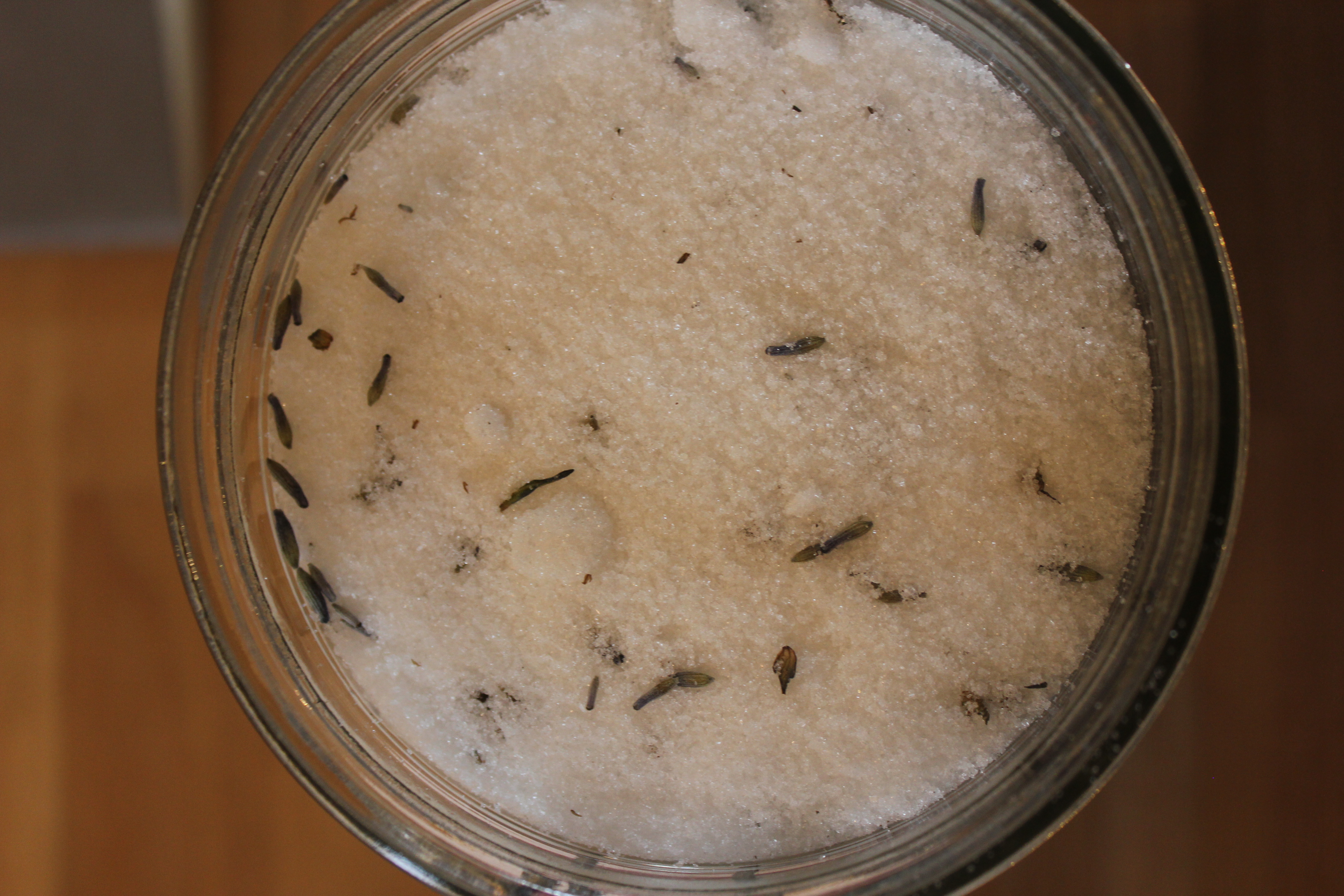
For example, meadowsweet is delicious in a raspberry jam; it contains salicylic acid (like aspirin) and can have medicinal uses and while it smells of antiseptic, it has a delicious almond-like flavour that complements raspberries in small amounts. While you can freeze the raspberries to make your jam later, an oximel is ideal for preserving floral flavours, made from equal parts honey and vinegar. Alison talked us through the processes of sterilising the jars, prepping the jam mixture (you place the meadowsweet in a muslin), testing for setting point and filling. She also taught us how to crystallise flowers and make floral sugars, herb vinegars or fruit shrubs – the next big culinary trend, you heard it here first!




At the start of the day, Alison had made a dough for nasturtium pizza (which she proved in her ‘Hobbit Cupboard’ – every house needs one!) and she demonstrated how to make it into the base, which was topped with wild garlic pesto and goat’s cheese, baked at a high temp until crispy, and then decorated with more petals and the foraged salad. More than just a gimmick, the flowers lent a peppery note that cut through the rich tang of the goat’s cheese. It was, without exaggeration, the most delicious pizza I’ve tasted in my life. We finished up the demo – and sadly the day’s tastings – with a spot of elderflower sorbet for pud, decorated (ably by Al as temporary sous chef) with fennel sherbet and a wild strawberry. The perfect end to a perfect day.


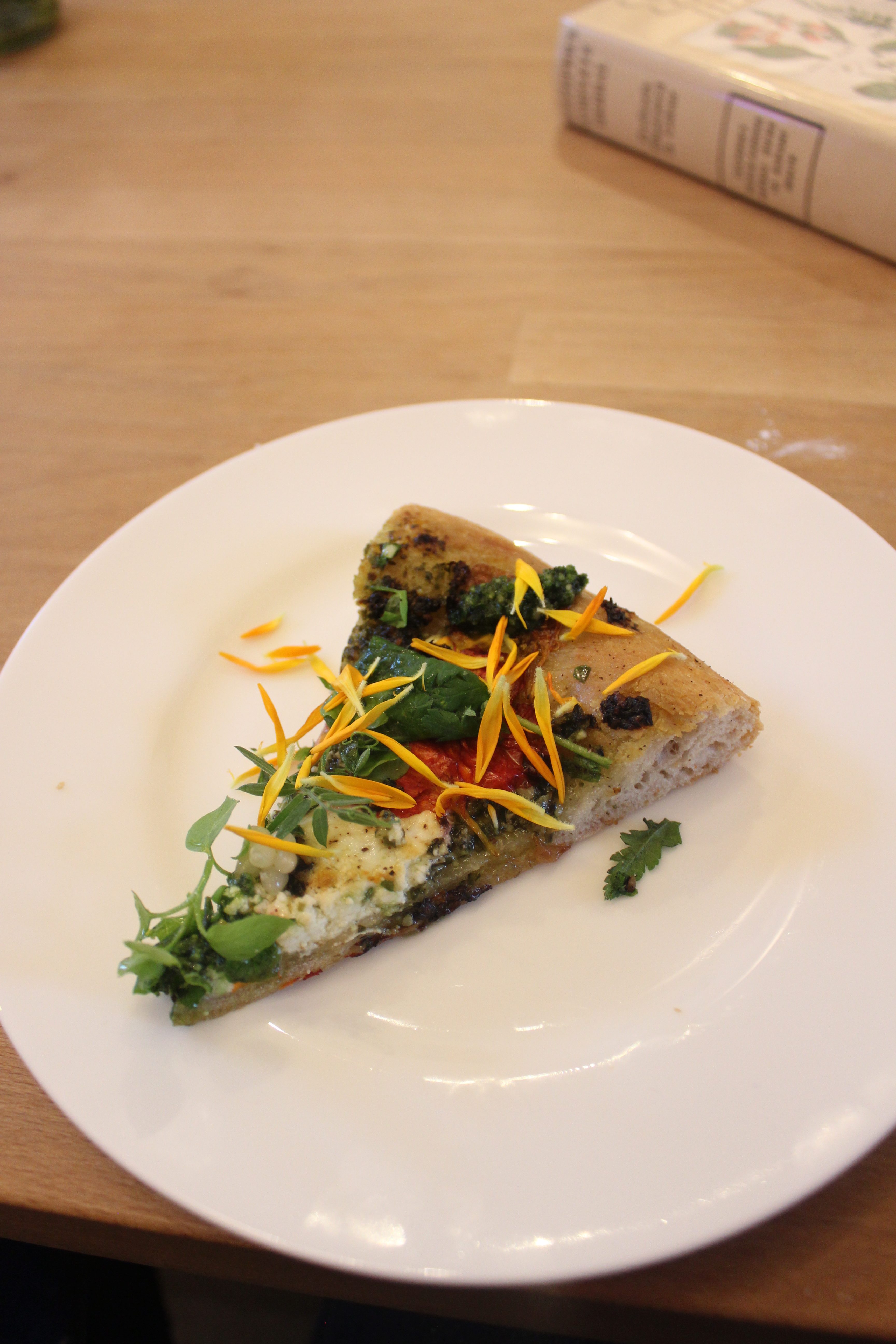

Note: never pick or eat wild plants unless you are confident in identifying them accurately or have a foraging expert with you!
Disclosure: Al and I attended the Colstoun Cookery School Summer foraging course free of charge for the purposes of review, but love of wild food, cooking and elderflower sorbet entirely my own!

8 comments
Rosie, Thankyou so much for the lovely write up and photos! I’m so glad you both enjoyed the day…a truly ‘Scottish’ Summer Foraging course! You give a lovely description of the day which will be great to share with those interested in coming Foraging in the future. Enjoy the sunny interludes this weekend! Off to the Market now and then for some gentle foraging to blow a few cobwebs away! xx Alison
My absolute pleasure, Alison! Thanks again for having us both – it was indeed a truly Scottish experience, hehe. That’s what I aimed for so I’m really glad! I will, you too. Hope you enjoyed your market trip and forage! Stay in touch 🙂 Xx
Gosh Rosie We have at least 4 if not 5 of these being weeded out of the garden all summer!
Oh gosh, how funny! Hope you’re well 🙂
Hi, what an absolute superb detailed account of your day, wonderful to see and hear how good it was. I truly believe that Colstoun Cookery School are a small slice of wonder in our ever demanding lifestyles, they bring passion and give us the ability and confidence to do these things ourselves. They are a fabulous part of our community and they support many local producers. As for Alison herself, well, I cannot praise her enough, her knowledge and teaching methods are second to none. Thank you for your brilliant blog, a very interesting and informing read.
Thanks so much, Alison! Really glad that my enthusiasm for Colstoun and the detail of the day came across. They are definitely a small slice of wonder! I agree, Alison is extremely talented. My pleasure, so pleased you enjoyed it! 🙂 Enjoy the rest of your weekend.
Alison, Thankyou for your kind, kind words! It’s a priviledge to share the Colstoun experience with students and if I can inspire and pass on my knowledge and enthusiasm and encourage people to connect with the provenance of their food AND cook, what more can I ask for? Rosie, thanks again for communicating the experience so beautifully, keep foraging and let’s catch up for coffee very soon !
You’ve achieved every objective there, and more! My absolute pleasure 🙂 Will do – coffee would be lovely! Stay in touch xx